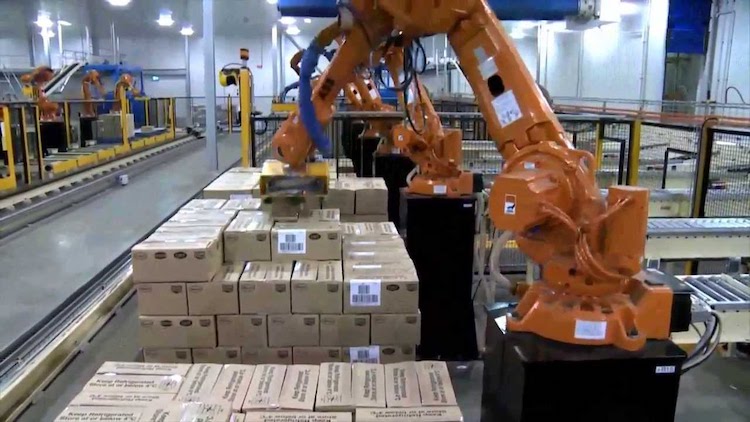
Effects of Commercial Robots in a Working Environment
Robots have begun taking over the manufacturing and processing tasks in industries. Research has revealed that the robot market is expected to grow. Various industries have started taking robots seriously and are considering them as avenues of pioneering automation in the future.
Industrial robots or rather commercial robots are excellent because they can excel in workspaces that had previously been occupied by manual operators and execute their previous chores more meticulously.
Commercial robots come with safety measures that allow manual operators to work around them without fear of getting injured.
Some sectors of the economy that had ruled out the significance of robots have found it almost impossible to cope with the competition and now have had a change of heart.
Robots can work more efficiently and effectively than humans with minimum or no supervision. This review will look at the areas in which commercial robots can be applied in industries.
Applications of Commercial Robots in a Working Environment
Material Handling
Material handling robots have the capability of automating the most dangerous, strenuous, and tedious tasks in a production line. In the production line, material handling robots enhance the efficiency of the production line as well as the provision of quality goods promptly that guarantees customer satisfaction.
Material handling encompasses a variety of tasks on the working areas such as packing, transferring, and machine loading, among others. When selecting machine handling robots, it is crucial to consider speed and payload, grippers, and end-of-arm tooling all as requirements.
Pick & Place
Manual pick and place is a very recurrent action that manual operators in industries are tasked with. They are very tedious tasks. This can often lead to errors, while the repeated physical movements associated with them can lead to a workplace injury.
This is where robots come in; they do not tire, get fatigued, or get distracted. Pick and place applications are recommended for first-time robot users. These machines will generally pick an item from one point and put it on another.
Assembly Line
Assembly line robots are utilized for lean, industrial procedures and have enlarged production abilities in the manufacturing environment. These robots unburden the workforce from strenuous and dull assembly line tasks and are also able to improve speed and consistency.
End-of-arm tooling can be tailor-made for each machine to serve manufacturing requirements. Extra alternatives such as robotic vision can be incorporated to enhance the accuracy and efficiency of sorting identifiers.
Palletizing
Industry palletizing is the action of loading or unloading fragments, boxes, or other parts from pallets. This action can involve robots and is termed as robotic palletizing.
Palletizing robots are reliable options for various industries, such as shipping, manufacturing, and food processing, among others.
Robotic palletizers are available in a wide range with distinct reach and payloads.
End-of-arm tooling variability allows for the flexibility of distinct types of robotic palletizing. They include bag grippers that have a unit and support it at the base, whereas magnetic and suction grippers handled more ridged units and grip them from the peak.
Palletizing also enhances the uniformity of loading and unloading procedures.
Finishing Tasks
Finishing tasks are executed by manual operators with tools, and they require a substantial amount of force for execution. Vibration emitted by these tools can cause harm to the manual operators.
A robot can bring in the necessary accuracy, repetition, and force required to fulfill finishing tasks on behalf of the manual operator. The robot can learn the craft manually or by programming via a computer.
Myriad of tasks
To sum it all up, commercial robots are handy in that they have a myriad of tasks in a workplace environment.
These machines are flexible and can be reused, reprogrammed, and reconditioned to save on capital inputs.
It is for this reason that the trend in the market is changing, and companies are starting to embrace the use of these machines more.
Promoted


